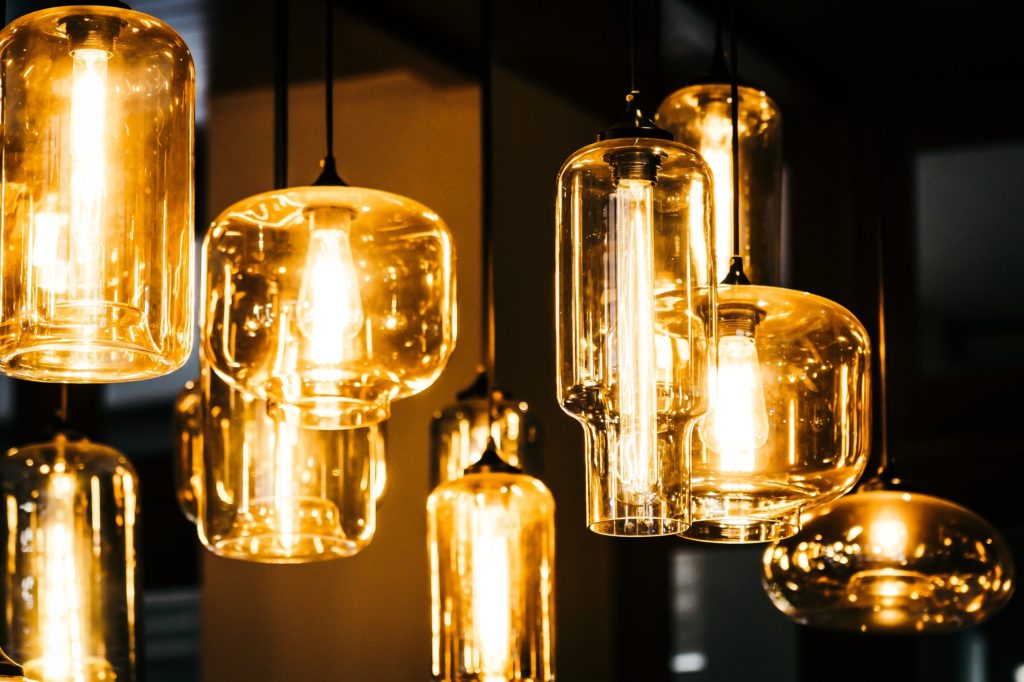Get 8 hours of sleep every night. For most American adults, it’s a broken record. Every health magazine and doctor will tell you the average adult needs around 8 hours of uninterrupted sleep for optimum health. Unfortunately for the majority of Americans and Europeans, getting 8 hours of sleep is a pipe dream. Chores & family obligations make getting to bed early very difficult. And while the average person is putting in more and more hours at work each week, they’re waking earlier and earlier. Adopting a biphasic sleep schedule may just be the answer.
What is Biphasic Sleep?
Also known as diphasic or bimodal, biphasic sleep is the practice of sleeping during 2 separate periods over 24 hours. While most of us are familiar with monophasic sleep where we get all of our sleep in a single shot, biphasic sleepers essentially split their sleep cycle throughout the day into 2 cycles.
Some areas of the world practice diphasic sleep (think Mexican siesta). In most parts of the world, however, people tend to towards a single cycle of sleep each day.
Biphasic Sleep in History
The idea that 8 hours of continuous sleep is a health requirement for all people ignores common variations in sleep patterns as well as historical precedent. It also causes stress and anxiety for those who can’t sleep in 8-hour chunks. Those individuals feel as if something is wrong with them when in fact, they’re completely normal.
Historical writings yield some insights. Some research indicates that prior to the age of the electric light, most people slept in two segments. Biphasic sleep may have been the norm.
The dominant pattern of sleep, arguably since time immemorial, was biphasic. Humans slept in two four-hour blocks, which were separated by a period of wakefulness in the middle of the night lasting an hour or more. During this time some might stay in bed, pray, think about their dreams or talk with their spouses. Others might get up and do tasks or even visit neighbors before going back to sleep. ~Roger Ekirch, Sleep Historian at Virginia Tech
Works of literature and other pre-Industrial area documents contain ample references to “first sleep” and “second sleep”. These references gradually disappeared from documents during the 19th century and not sleeping through the night is now referred to as “insomnia”.

Industrialization
So what happened during the 19th century that made us move away from our normal biphasic sleep pattern? Well prior to the age of industrialization, daylight was the primary control of our circadian rhythm. The electric light changed that.
For 200,000 years our species walked this earth with no artificial sources of light. For 200,000 years, we developed a sleep pattern that worked for us. And then just about 200 years ago, we changed our environment and disrupted that. It probably goes without saying that you simply can’t undo 200,000 years of evolution in just a handful of generations.
What the Research Says
Sleep scientist Thomas Wehr discovered in the ’90s that most people will settle into a biphasic sleep pattern when removed from artificial light. His research supports the theory that biphasic sleeping may actually be the natural state for humans.
The research also supports the idea that diphasic sleep may have benefits. The few studies on the topic, however, have mixed results. That being said, for those of you who wake up every night about 4 hours in and can’t get back to sleep – there may be nothing wrong with you.
Is Biphasic Sleep Right For You?
It’s a great question, right? The answer depends on each individual. Here’s a short description of my experience with biphasic sleep…
Before I was an IT guy for the Army, I was a warehouse manager for a grocery store. I went to IT school in the evenings, a 6-month trade school. I worked from 5am-1pm every day and went to school from 6pm-10pm every night. During that 6-month time period, I was a biphasic sleeper. I slept at night from about 11:30pm-4am and then again after work from 1:30pm-5pm.
During those 6 months, I had almost zero migraine headaches (I normally have a couple a week). I’ve also suffered from sleep paralysis since I was 14 but never had any episodes during the time I was sleeping in 2 segments. I was no more or less tired than one would expect considering I was working full time and attending night school.
Biphasic sleep was a benefit to me. I’m confident that if it weren’t for my work schedule and other commitments, I’d be sleeping that way for the rest of my life.
Don’t Panic About Waking in The Middle of the Night
Nowadays, my work schedule & family life doesn’t really provide me an opportunity to sleep in 2 segments. As a result of my experience though, I no longer wake up in the middle of the night and panic about not being able to go back to sleep right away. Sometimes I just get up for an hour and goof off on the computer (or write this blog). I’m confident that eventually, I’ll be ready to go back to sleep. As it turns out, the more you panic about not being able to go back to sleep, the more likely you’ll be up the rest of the night.
As I’ve become more aware of biphasic sleep, I noticed sometimes it’s been presented as normal. Literature from pre-industrialization and movies which take place in historical times often depict instances of diphasic sleep.
- In Charles Dickens’ A Christmas Carol, Ebenezer Scrooge is shown going to bed while the streets are still full of people shopping and caroling. When the Ghost of Christmas Present takes him outside, people are still having dinner and yet Scrooge was ready for bed. It’s likely that Charles Dickens intended for at least the first 2 ghostly visits to occur during Scrooge’s “first sleep”.
- In the movie, The Princess Bride, Princess Buttercup awakes from a nightmare and storms into Prince Humperdink’s den. He is clearly awake, as are many others in the castle. This is because Buttercup is just waking from her “first sleep” while others in the castle have already awoken and are doing other things before going back to bed.
Waking in the middle of the night for an hour or two is totally normal. For many of us, it might be the healthier way to go. So even if you can’t adopt a fully biphasic sleep pattern, take comfort that your “insomnia” may not be abnormal. The word itself is just a description of your natural state.
Sharif Jameel is a business owner, IT professional, runner, & musician. His professional certifications include CASP, Sec+, Net+, MCSA, & ITIL and others. He's also the guitar player for the Baltimore-based cover band, Liquifaction.


